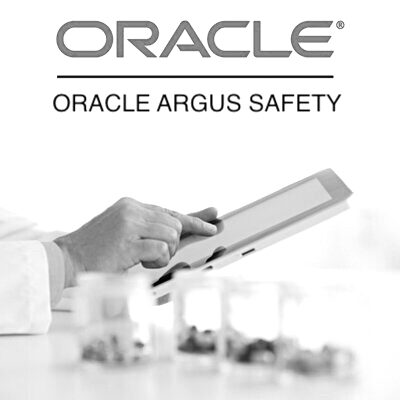Documentation
Measures of Frequency & Risk
Measures of frequency and risk are commonly used in epidemiology and pharmacovigilance to describe the occurrence of health outcomes and the association between exposures and outcomes.
Some of the key measures of frequency and risk include:
- Incidence: Incidence is the rate of new cases of a disease or health outcome in a defined population over a specific period of time. It is typically expressed as the number of new cases per unit of time (e.g., per 1,000 people per year).
- Prevalence: Prevalence is the proportion of individuals in a defined population who have a specific health outcome at a given point in time. It is typically expressed as a percentage.
- Mortality rate: Mortality rate is the rate of deaths from a specific cause in a defined population over a specific period of time. It is typically expressed as the number of deaths per unit of time (e.g., per 100,000 people per year).
- Relative risk (RR): Relative risk is the ratio of the risk of an outcome in the exposed group to the risk of the outcome in the unexposed group. It is used to measure the strength of the association between an exposure and an outcome.
- Odds ratio (OR): Odds ratio is the ratio of the odds of an outcome in the exposed group to the odds of the outcome in the unexposed group. It is used to measure the strength of the association between an exposure and an outcome.
- Attributable risk (AR): Attributable risk is the difference between the incidence of an outcome in the exposed group and the incidence of the outcome in the unexposed group. It is used to estimate the proportion of cases of an outcome that can be attributed to a specific exposure.
- Population attributable risk (PAR): Population attributable risk is the proportion of cases of an outcome in a population that can be attributed to a specific exposure. It takes into account the prevalence of the exposure in the population.
These measures of frequency and risk are important tools for understanding the occurrence of health outcomes and the association between exposures and outcomes. They can be used to identify risk factors, assess the impact of interventions, and make informed decisions about healthcare and public health policies.
You may be interested in the programs below:
-
 eLearning + software
eLearning + softwareOracle Argus Safety Essentials
$599.00 -
 eLearning + software
eLearning + softwareOracle Argus Safety Essentials + Console
$799.00 -
 Live Online
Live OnlineOracle Argus Safety – Live Online
$999.00 -
 Live Online
Live OnlineOracle Argus Safety + Console – Live Online
$999.00 -
 eLearning + software
eLearning + softwareOracle Empirica Signal
$599.00 -
 Live Online
Live OnlineOracle Empirica Signal – Live Online
$999.00 -
 eLearning + software
eLearning + softwareDiploma in Pharmacovigilance
$799.00 -
 eLearning + software
eLearning + softwareArgus Safety – Business Configuration and Administration
$599.00
